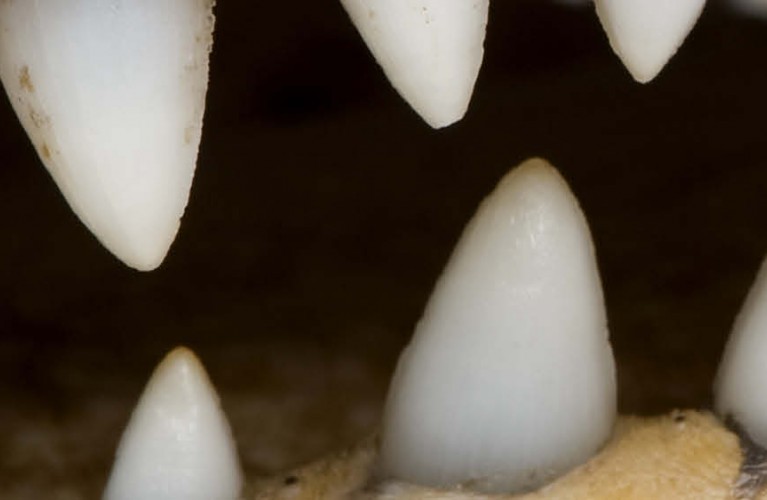
Inside the Sapiens world you can come face to face with the giants of the past. Alligators await you for a prehistoric adventure!
The American alligator ( Alligator mississippiensis ) is a rare example of an endangered animal that has not only been saved from extinction, but is now experiencing a thriving population growth. This remarkable achievement has been achieved through government support, habitat conservation efforts, and reduced demand for alligator products.
These extraordinary predators with their armored bodies, muscular tails and powerful jaws have very ancient origins. They evolved, in fact, more than 150 million years ago, and 65 million years ago they managed to avoid extinction, unlike their prehistoric contemporaries, the dinosaurs.
Sapiens Alligators are Mississippi Alligators
Common name: MISSISSIPPI ALLIGATOR
Scientific name: Alligator mississippiensis
Length: 3- 4.5m
Weight: 450-500 kg
The Mississippi alligator is a reptile belonging to the order Crocodylia and the family Alligatoridae. The body is robust and covered with bony scales (osteoderms) that provide protection. The tail is powerful and muscular, used for propulsion in water. The snout is broad and rounded, unlike the pointed snout of crocodiles. Its distribution extends from North Carolina to Texas, with a greater concentration in Florida and Louisiana. They are ectothermic animals, that is, their body temperature depends on the external environment. As adults, alligators are top predators. They feed mainly on fish, turtles, snakes and small mammals. The Mississippi alligator was once at risk of extinction due to overhunting. Thanks to conservation programs, its population has increased significantly and it is now classified as "least concern" by the IUCN.
The evolution of alligators spans millions of years, demonstrating the extraordinary adaptability of these reptiles. Alligators belong to the order Crocodylia , a group of reptiles that has very ancient origins, dating back to the Triassic period, about 250 million years ago.
Their ancestors, the Crocodyliformes , were a diverse group that included both terrestrial and aquatic forms. During the Mesozoic , the Crocodyliformes diversified further, giving rise to a variety of forms, some of which reached enormous sizes. True alligators began to appear toward the end of the Mesozoic, in the Late Cretaceous, about 70 million years ago . During the Cenozoic , alligators continued to evolve and diversify. In South America, giant species developed, such as Purussaurus , a huge predator that lived in swamps and rivers.
Recent studies have shown that alligators have undergone very little evolutionary change over the last 8 million years, making them true living fossils.